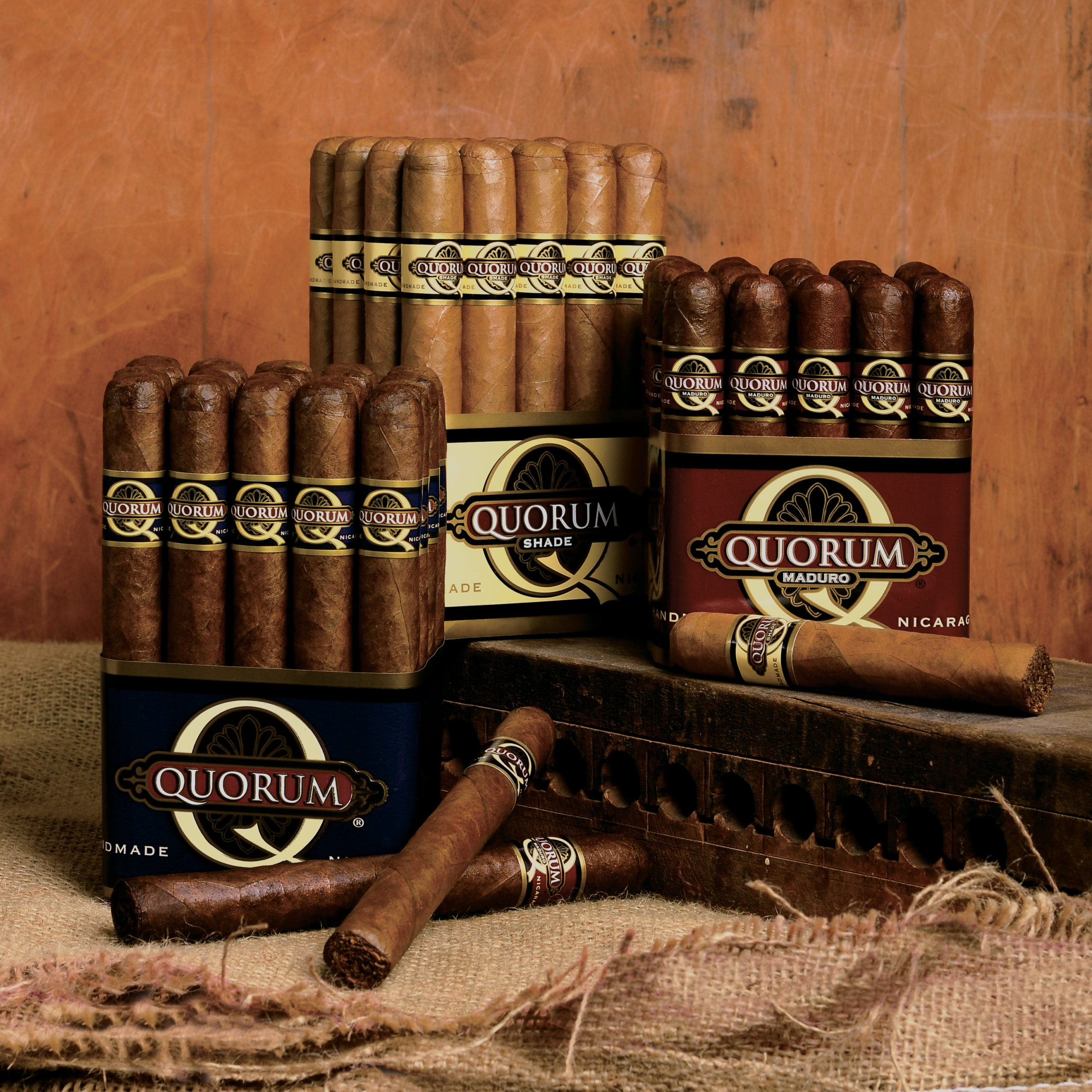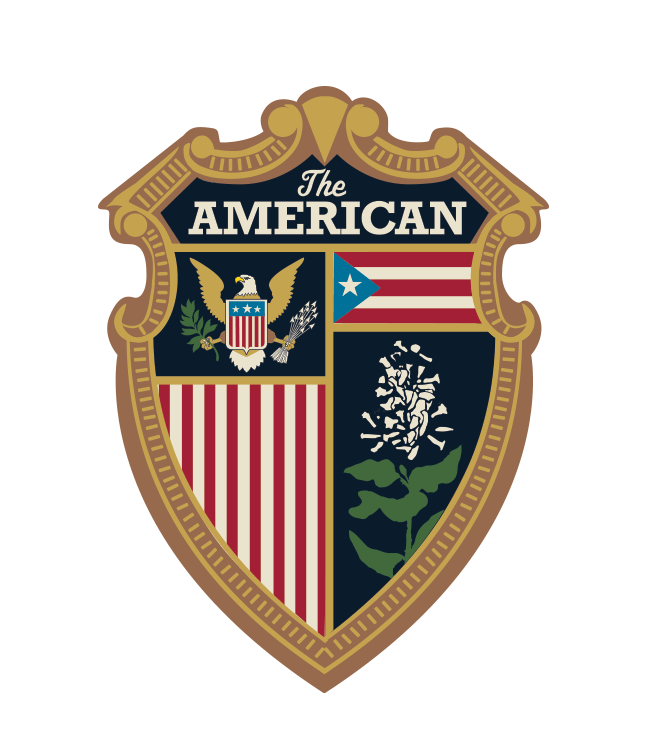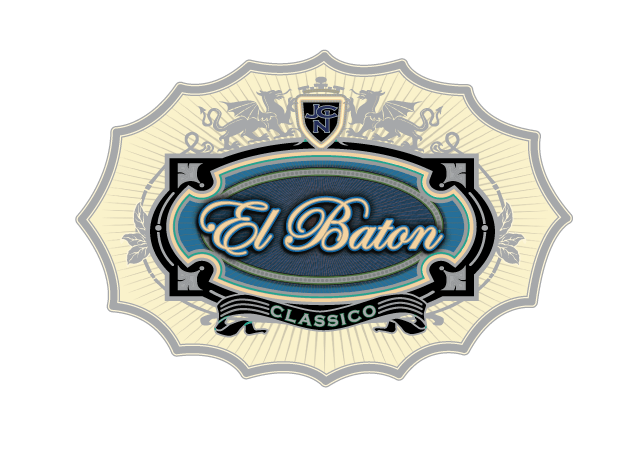Overcoming Adversity
15 Challenges Throughout the Years

1
Panic of 1893
As a result of the massive economic depression that began in 1893, J.C. Newman was laid off from his job as a cigar maker’s apprentice.
Solution
J.C.’s mother Hannah solicited an order for 500 cigars from the family grocery store and loaned her son $50.00 to buy two bales of tobacco. The J.C. Newman Cigar Company was born.

2
The 1895 Cigar Factory Challenge
Hannah Newman kicked her son and his five employees out of the basement of her home when she discovered that her canned fruits and vegetables began to taste like tobacco.
Solution
J.C. Newman relocated his factory to a storefront in downtown Cleveland which, by 1905, became the largest cigar factory in the city.

3
The 1916 Labor Challenge
Because of a shortage of skilled workers in Cleveland, J.C. Newman could not roll enough cigars to meet the demand.
Solution
J.C. Newman built new factories in neighboring towns of Marion and Lorrain, Ohio. J.C. Newman was also one of the first cigar manufactures to use cigar machines to increase efficiency.

4
The Post-World War I Challenge
A deflated economy caused the value of tobacco to plummet. Many cigar makers who borrowed money to buy tobacco that was now worth less than what they owed to the banks became insolvent.
Solution
J.C. Newman merged with the Mendelsohn Cigar Company, the other remaining cigar factory in Cleveland in 1927, to create “M. & N. Cigar Manufacturers, Inc.,” the name that remained until 1997 when it was changed back to the J.C. Newman Cigar Company.

5
The Great Depression Challenge
All businesses struggled including those in the cigar industry.
Solution
J.C. Newman increased the efficiency of his factory by running two shifts that produced cigars that sold for two cents. Although J.C. made no money during this time period, he succeeded in keeping his cigar rollers employed and his business survived.

6
The Cigar Oligarchy Challenge
In 1937, the largest cigar companies tried to run the smaller manufacturers, like J.C. Newman, out of business by using the tobacco quota system to prevent smaller manufacturers from being able to buy Connecticut Shade tobaccos.
Solution
J.C. Newman took the train to Washington to advocate on behalf of the smaller cigar companies. Unable to meet with President Roosevelt, he instead met with U.S. Secretary of Agriculture Henry A. Wallace whom J.C. Newman convinced to raise the cigar tobacco quota.

7
The Post-World War II Challenge
The U.S. government returned millions of cigars purchased from cigar companies during the war, including from J.C. Newman. On some days, J.C. Newman received more returned cigars than it sold.
Solution
J.C.’s son Stanford developed the Cameo cigar, a premium brand that became the top-selling nickel cigar in the Midwest.

8
The Big Cigar Company Challenge
In the 1950s, the big cigar companies, who focused on mass market products and grew most of their own tobacco, offered farmers twice the market price for tobacco for a little bit of their need just to inflate its cost and price smaller manufactures out of business.
Solution
J.C. found a niche of the cigar business in which the major cigar companieswere not competing, premium cigars.

9
The Cuban Embargo Challenge
In 1961, President John F. Kennedy imposed the Cuban Embargo, which prohibited cigar companies from importing Cuban tobacco. Without his primary source of tobacco, Stanford Newman had to find a way to remain in business.
Solution
Stanford discovered a new type of tobacco for his cigars, African Cameroon wrapper, and introduced it to the United States. This unique tobacco made Cuesta-Rey one of the top-selling premium cigars in the late 1960s and early 1970s.

10
The Family Business Challenge
Very few family businesses survive beyond the first or second generation, especially when a business is steadily declining like the cigar industry was in the 1980s. When the third generation joined J.C. Newman in 1970s, the company was owned by twelve relatives.
Solution
For the family business to survive, the Newmans agreed that one side would have to buy out the other relatives. On Valentine’s Day 1986, Stanford Newman, who owned one-third of the business bought out nine relatives who collectively owned two-thirds of the company. To finance this deal, Stanford, Eric, and Bobby had to mortgage and leverage all of their assets.

11
The Imported Cigar Challenge
By the time that Stanford, Eric, and Bobby Newman bought out their relatives in 1986, American consumers were transitioning from traditional machine-made premium cigars to imported, handmade cigars. Stanford, Eric and Bobby knew that to continue to succeed in the premium cigar business they would have to have their own imported, handmade cigars, but they did not own an imported cigar factory.
Solution
Three weeks after the family leveraged buyout, longtime friend Carlos Fuente, Sr. called Stanford to ask if he would be interested in making cigars for him in Tampa so that he could focus on his Dominican cigar factory. Stanford agreed but asked Carlos if he would make cigars for the Newmans in the Dominican Republic. Carlos agreed and began rolling La Unica, Cuesta-Rey, and Diamond Crown cigars for J.C. Newman.

12
The Excess Capacity Challenge
With cigar sales steadily declining, Stanford, Eric, and Bobby realized that one of their company’s greatest assets, its sales and distribution division, was operating inefficiently due to excess capacity.
Solution
In 1990, the Fuente and Newman families formed a new company, now known as the Arturo Fuente Cigar Company, to distribute Arturo Fuente cigars in the United States using J.C. Newman’s sales and distribution assets.

13
The SCHIP Challenge
In 2007, the federal government increased cigar taxes by 800% to fund the State Children’s Health Insurance Program (SCHIP), forcing cigar manufacturers to dramatically increase the price of their cigars.
Solution
Eric and Bobby Newman expanded the company’s portfolio of value-priced cigars to attract new consumers who were looking for an alternative when the price of their favorite cigar increased by several dollars.

14
The Nicaragua Supply Challenge
When J.C. Newman introduced its Quorum brand in 2003, the cigars were made by an independent factory. As sales of Quorum grew, the Newmans found themselves in a highly vulnerable position because they were reliant on a
third-party to roll their cigars.
Solution
In order to control their own destiny and ensure the highest standards of quality, Eric and Bobby Newman built a large, modern cigar factory in Esteli, Nicaragua, known as J.C. Newman PENSA.

15
The Smoking Ban Challenge
In early 2000, smoking bans spread across the United States, making it increasingly difficult for cigar smokers to find places to enjoy their favorite cigars.
Solution
J.C. Newman created a national network of Diamond Crown Cigar Lounges in dozens of premium cigar retailers across the country to offer a first-class environment,
J.C. NEWMAN
CIGAR COMPANY
ADDRESS:
2701 North 16th Street
Tampa, FL 33605
PHONE:
(813) 248-2124
OFFICE HOURS:
MON – FRI: 8AM – 5PM
HAVE QUESTIONS?
Please send us a message!
QUICK LINKS
SIGN UP FOR OUR NEWSLETTER









